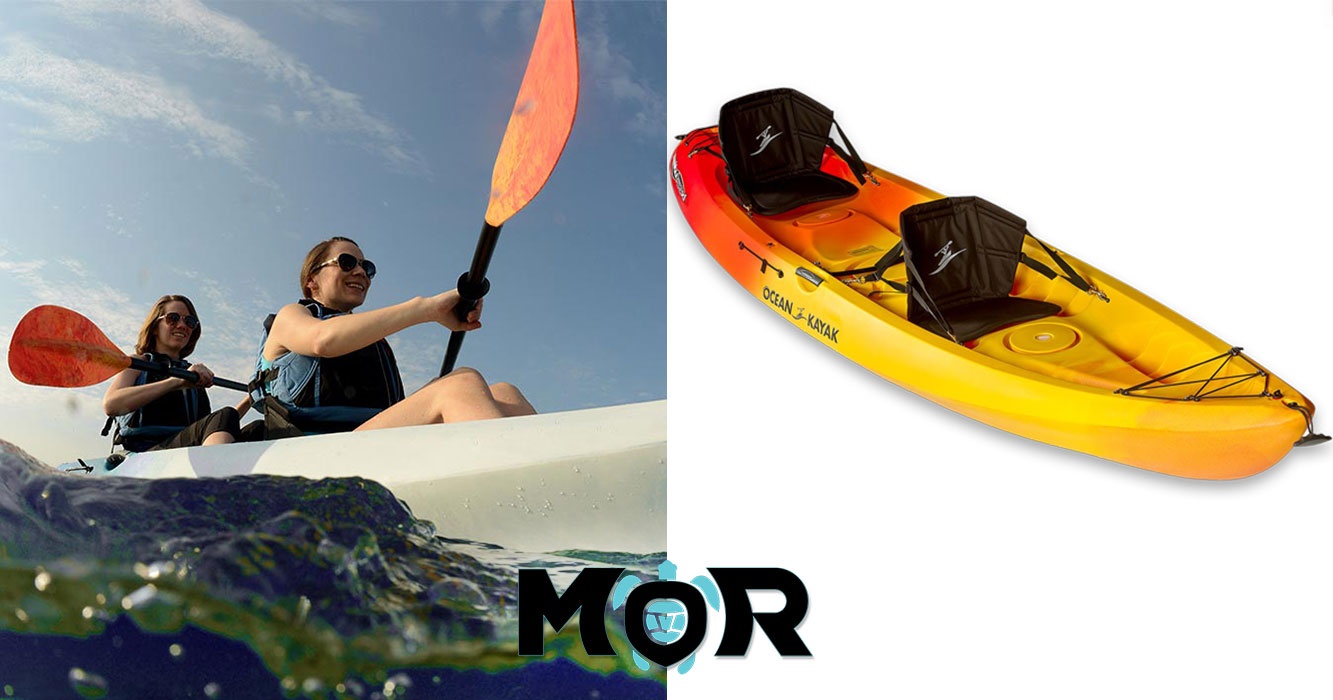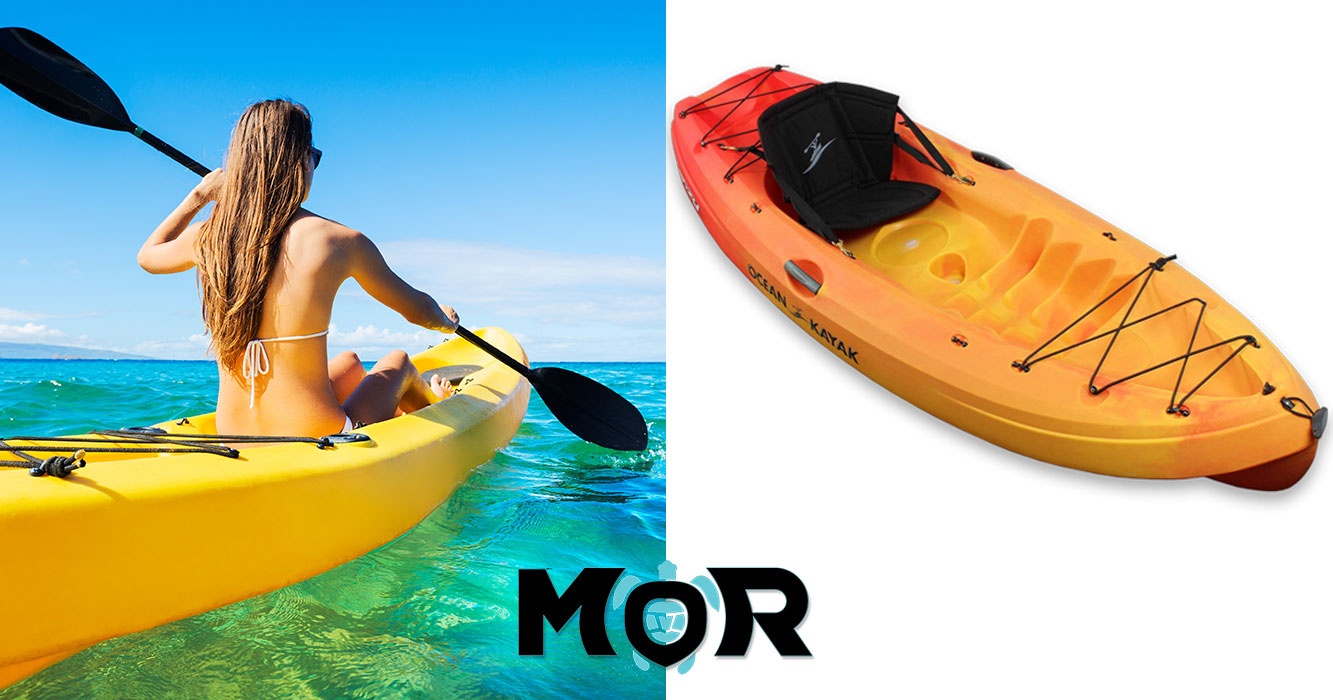
.BI9EyP8f_2sEdzM.webp)
The Soul of the Skin
Suluape Keone Nunes and the Sacred Revival of Hawaiian Kākau Uhi

Written by a Local Expert
Jade KawanuiThe Sound of Our Ancestors' Heartbeat
In a simple house in Waiʻanae, on Oʻahu's leeward coast, a sound echoes that connects us to something ancient. It's not the hum of a machine. It's a rhythm: tap-tap-tap. The sound of the hahau, a wooden mallet, striking the mōlī, a hand-carved bone comb, as it places ink into skin.
This is the sound of kākau uhi, traditional Hawaiian tattooing. For those lucky enough to hear it, this sound is more than just craft. It's described as "a whisper of our ancestors," the very "heartbeat of our people." For too many years, this sound had fallen silent.
Understanding kākau uhi means knowing it's not about getting body art. It's a deep act of cultural reclamation. It's a physical sign of one's genealogy (moʻokūʻauhau). It's a lifelong commitment to one's responsibility (kuleana). It's an embodiment of spiritual power (mana).
At the center of this sacred revival stands Suluape Keone Nunes. He's not just a tattoo artist. He's a loʻea (master) and kahuna (priest and expert) of a nearly lost tradition. Through decades of work, he has pieced together fragments of a broken lineage. He's brought life back to an art form that was almost extinct.
This isn't a souvenir you pick up on vacation. It's a story you earn the right to wear for life.
The Keeper of the Knowledge: A Profile of Suluape Keone Nunes
To trace modern kākau uhi is to trace the life of Suluape Keone Nunes. His story shows the power of ancestral memory and the weight one person can carry for their culture.
The Early Years
Born in Iwate Ken, Japan, in 1957, Keone Nunes grew up on Oʻahu's west side in Waiʻanae. His upbringing was rich with Hawaiian tradition. Not through formal school, but through the practice of "talking story" with kupuna (elders) in his family and community. These talks, full of oral history and cultural knowledge, planted seeds he would later grow.
As a young man, Nunes became a skilled hula performer and teacher. He was already deep in the ancestral practices of his people. Within this cultural setting, the subject of uhi (tattoo) would arise. Not as a direct lesson, but as part of what it meant to be Hawaiian.
The Spark
The true start of his life's work came in 1990. While preparing for a hula competition, Nunes wanted to embody his ancestors' traditions more fully. His aunt, Muriel Lupenui, a key source of his early knowledge, gave him a pattern she felt was right for him. A design rooted in his family's history.
He found an artist to apply the tattoo, a traditional alaniho design from hip to ankle. But the experience disappointed him deeply. It was done with a modern tattoo machine. The gap between the ancient pattern and the modern method bothered Nunes greatly. This disconnect sparked his mission to learn the authentic, traditional method of kākau, the art of hand-tapping.
The Samoan Connection: A Bridge Across the Pacific
Nunes's mission hit a big wall right away. The lineage of Hawaiian kākau masters had been broken. No living practitioners in Hawaiʻi could teach him the traditional tapping method. He kept going, first using Western tattoo guns to apply the ancient Hawaiian symbols he had learned. A needed but temporary compromise.
His dedication to reviving the ancient designs, even with modern tools, caught the attention of a well-known tattoo artist from Holland, Henk Schiffmacher. Schiffmacher was making a film about global tattooing. He saw the depth of Nunes's commitment and introduced him to someone who would change his life: the legendary Samoan master tattooist, Su'a Sulu'ape Paulo. At that time, Paulo was widely seen as "the best traditional tattooist in the world."
This introduction built a critical bridge across the Pacific. Paulo invited Nunes to New Zealand and then to Samoa to study with him. This wasn't simple training. It was immersion into the sacred world of Polynesian tatau.
On the third day of his time in Samoa, Paulo asked Nunes if he wanted to learn to make his own tools. Nunes jumped at the chance, spending an entire day, skipping food and sleep, to craft his first instrument.
This relationship reached a key moment in 1998 when Paulo visited Hawaiʻi. He watched Nunes work and then formally gave him a set of tools. He passed on not just the physical instruments but the huge responsibility they carried. He told Nunes, "This is for you to reintroduce back to Hawaiʻi... This is not for you. This is for your people." With these words, the job of reviving a nearly extinct Hawaiian art form was formally placed on Nunes's shoulders.
The revival of a uniquely Hawaiian practice was made possible through the generosity and wisdom of a Samoan master. This might seem contradictory, but it's actually a powerful example of pan-Polynesian solidarity. The distinct cultures of the Pacific share a deep ancestral root and a spirit of mutual support in the face of cultural loss. The survival story of kākau uhi shows cross-cultural respect and connection, where the authenticity of Hawaiian motifs and spiritual intent was preserved through a teaching lineage now forever linked to Samoan tradition.
The Sulu'ape Title
Following Su'a Sulu'ape Paulo's sudden death in 1999, his family gave Nunes the highest honor. In 2001, he received the family's prestigious Sulu'ape title, making him the first Hawaiian and one of the first non-Samoans ever to receive it. This wasn't just symbolic. It was formal recognition of his mastery, his commitment, and his place within the sacred lineage of his teacher. He became Suluape Keone Nunes, a name that carries the weight of his own path and the legacy of the master who guided him.
The Philosophy of a Master
Suluape Keone Nunes considers himself a cultural practitioner first and a tattooist second. His philosophy is far from the commercial tattoo parlors of the modern West. For him, a traditional tattoo is something that must be earned. The process begins with an interview, a deep talk where he assesses the person's motivations, their understanding of their genealogy, and their readiness to carry the kuleana that comes with the uhi.
Importantly, the recipient doesn't choose their design from a book of flash art. They entrust themselves completely to the practitioner. Nunes listens to their story, their vision, and their genealogy, and from that, he conceives a design that's right for them. The person getting the tattoo often doesn't see the final design until it's permanently marked on their skin. This act requires huge trust and a complete surrender to the tradition and the wisdom of the practitioner.
Nunes sees the tattoo not as a memorial of past achievements, but as a "springboard necessary to get to the things that you want to achieve." It's a visible reminder of one's potential and the responsibilities one has to family and community.
In his own words, "The thing that is really important is not who you are but what you can become." This forward-looking philosophy captures the living, breathing nature of kākau uhi—an art form that connects the past to the future through the canvas of the present.
📖 Complete Guide
Current page
From light to shadow and back
The Sacred ProcessTraditional ceremony steps
Polynesian StylesHawaiian, Samoan, Māori
The Next GenerationCarrying the torch forward
Cultural RespectAppropriation vs appreciation
Visitor GuideHow to learn respectfully
ℹ️ Quick Facts
- Hawaiian Term: Kākau Uhi
- Master: Suluape Keone Nunes
- Revival Started: 1990
- Samoan Title: 2001
- Location: Waiʻanae, Oʻahu
🗣️ Key Hawaiian Terms
- Kākau Uhi: Traditional Hawaiian tattoo
- Mōlī: Bone comb needle
- Hahau: Wooden mallet
- Kuleana: Responsibility and right
- Moʻokūʻauhau: Genealogy
- Mana: Spiritual power
- Loʻea: Master craftsperson
- Kahuna: Priest and expert
🌺 Cultural Significance
Kākau uhi is not body art—it's a sacred covenant with one's ancestors, a visible manifestation of genealogy, and a lifelong commitment to cultural responsibility.
"This is not for you. This is for your people."
- Su'a Sulu'ape Paulo to Keone Nunes
Continue Your Journey
Discover the fascinating history of how kākau uhi nearly disappeared and was brought back to life.
Next: History of Kākau Uhi
